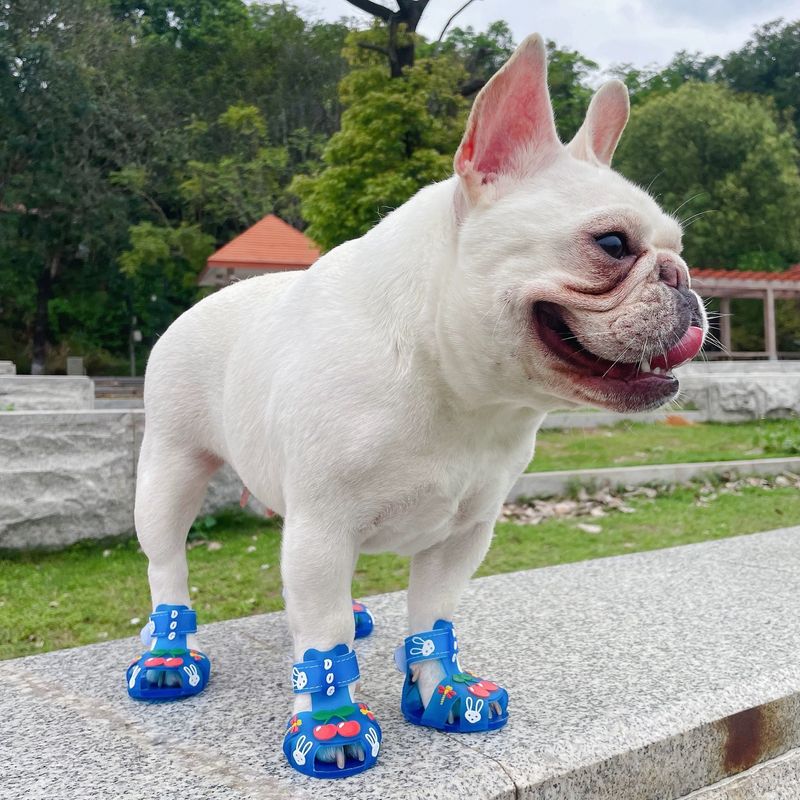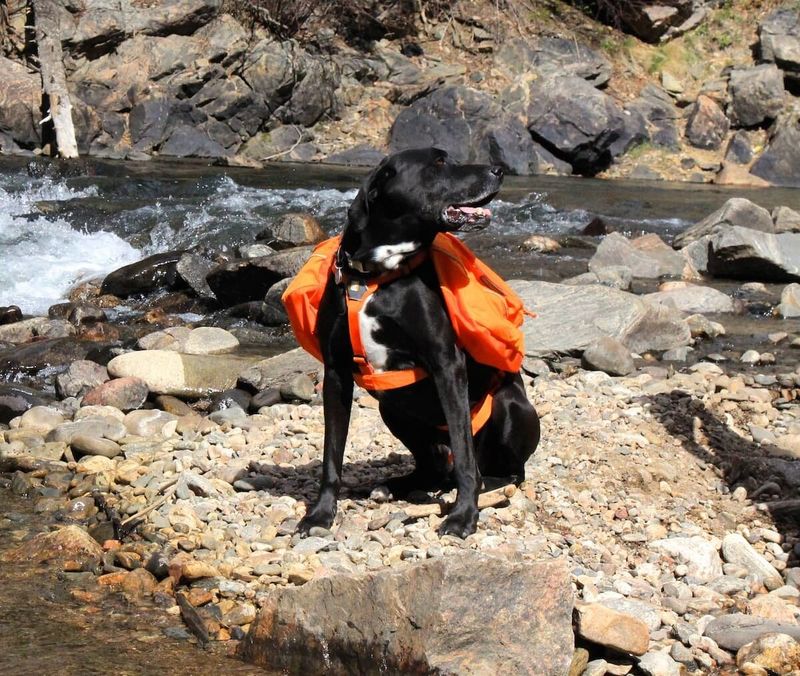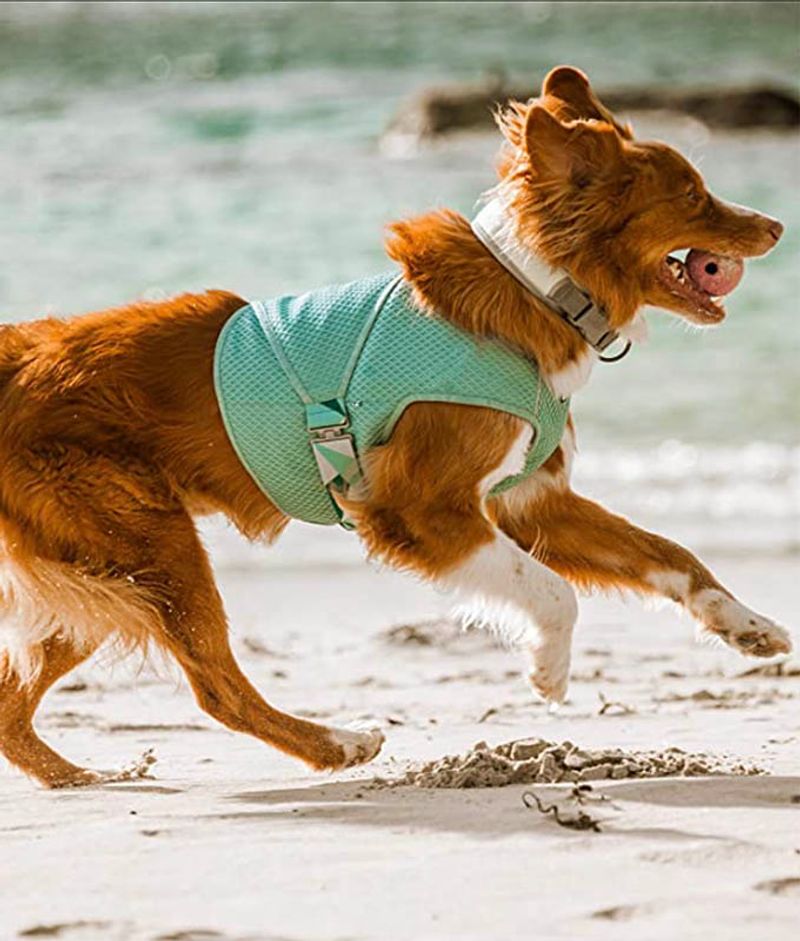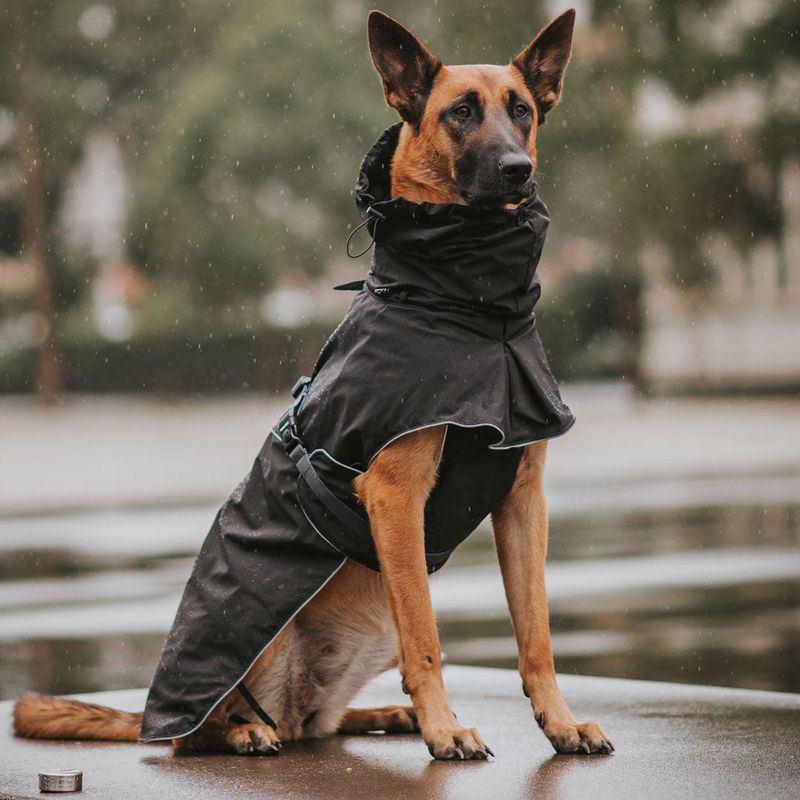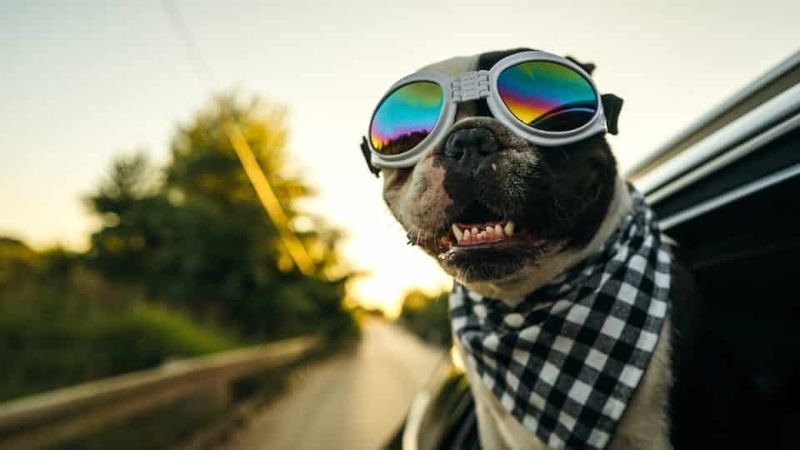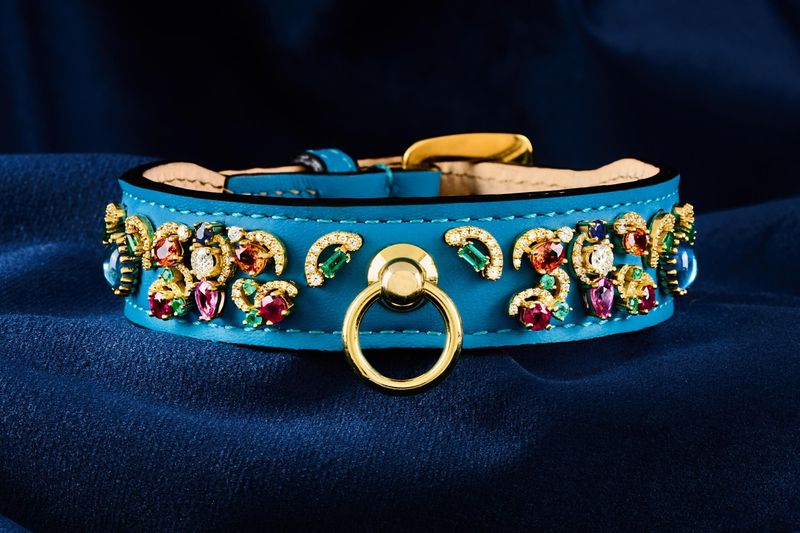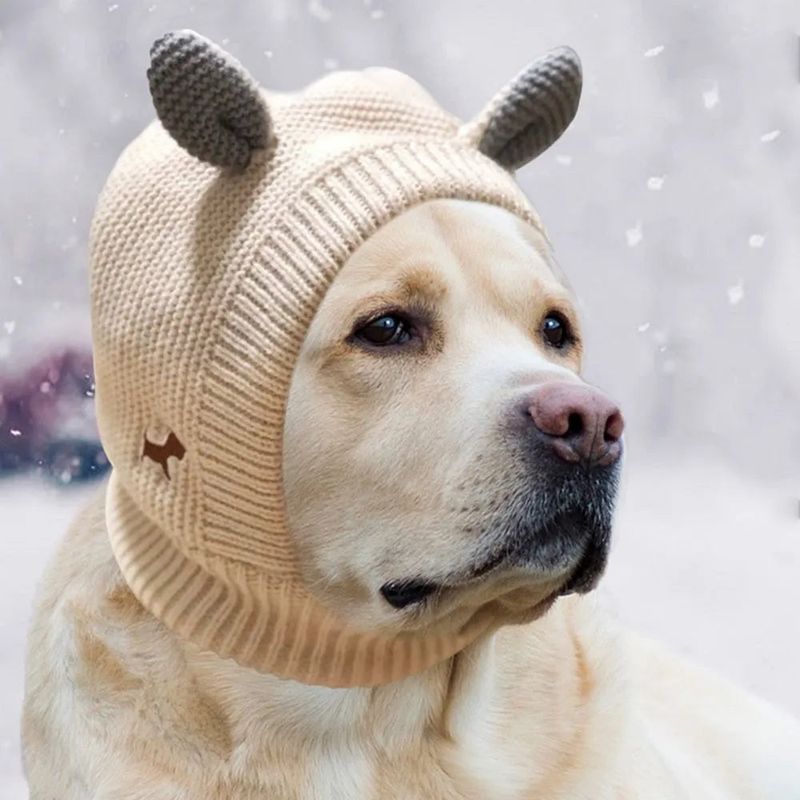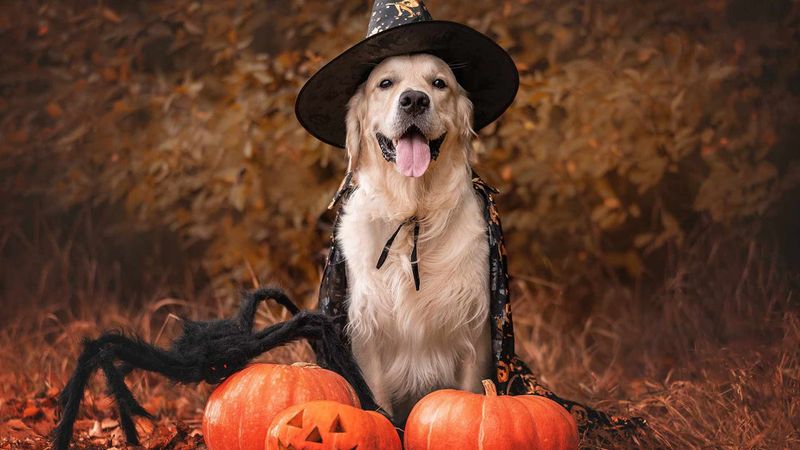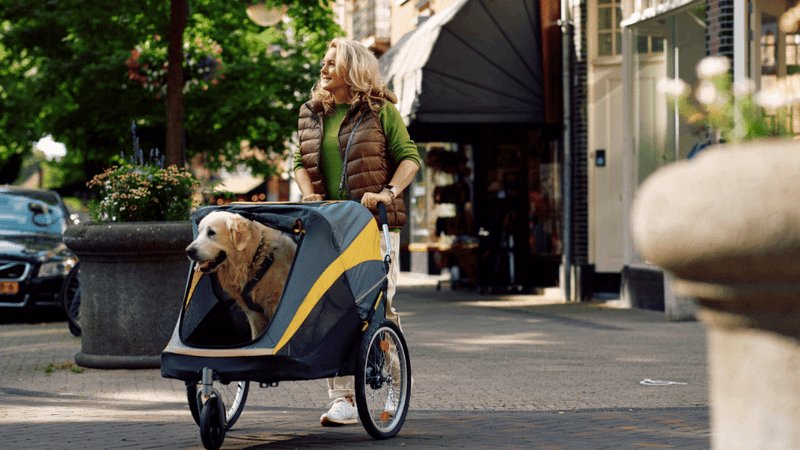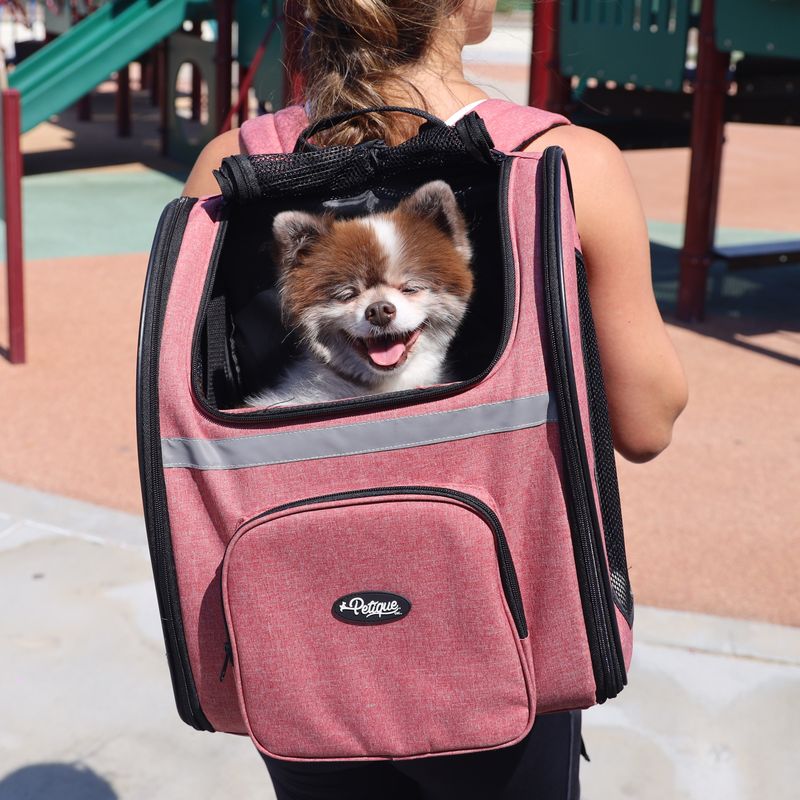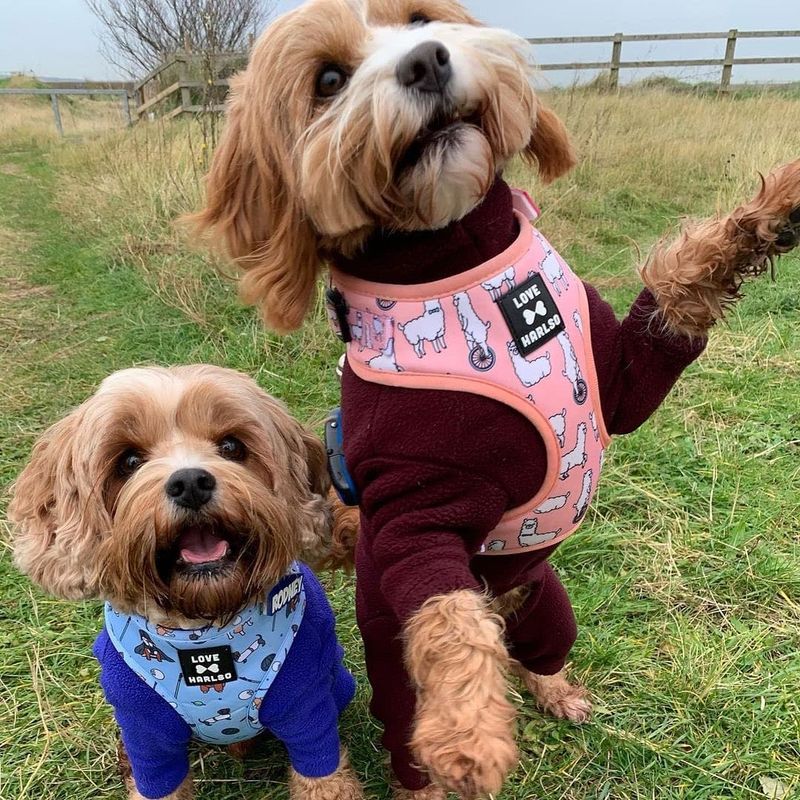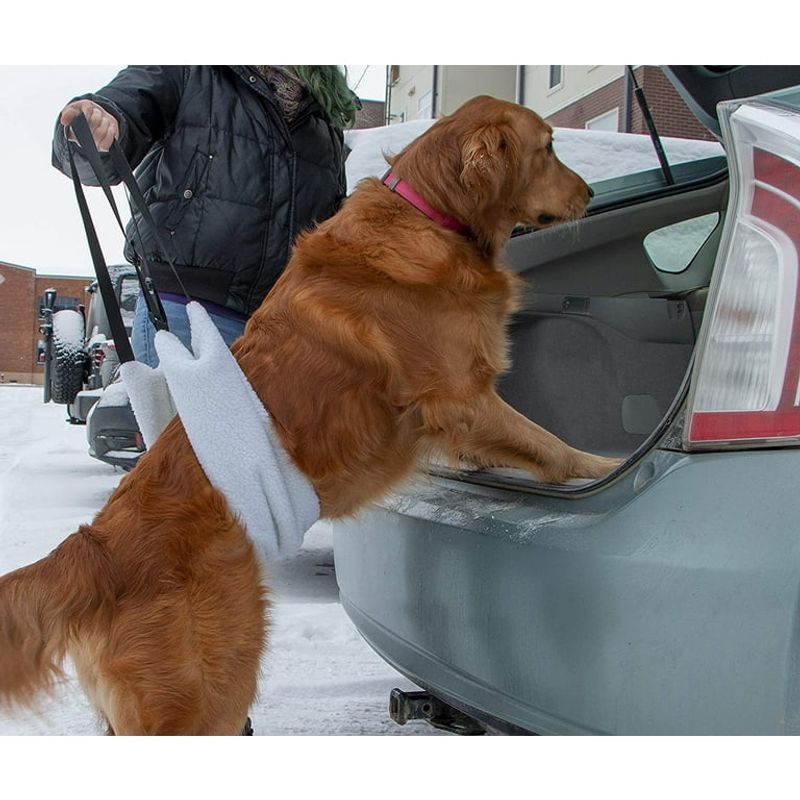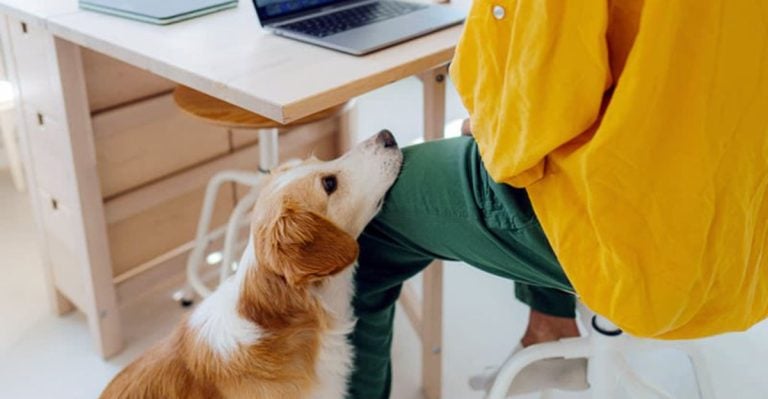Are Dog Accessories Helpful or Harmful? What Every Pet Owner Should Know
It’s no longer unusual to spot a French Bulldog strutting through the park in bright red trainers or a Chihuahua peeking out from a luxury designer backpack.
In today’s world, the line between “pet” and “child” has all but blurred, and nowhere is that more obvious than in the booming market of dog accessories.
From cooling vests and paw protectors to Halloween costumes and Swarovski-studded collars, we’re dressing up our dogs like never before.
But somewhere between that tiny cowboy hat and the paw polish that matches your own manicure, a big question lurks: Are we doing this for them—or for us?
Sure, some accessories serve legitimate, even life-enhancing purposes. A winter coat might help a short-haired dog survive a snowstorm. A reflective harness could keep a nighttime walker safe.
But at what point do functional additions tip into frivolous fashion? And more importantly, what are the emotional and ethical implications of treating dogs like furry dress-up dolls?
This isn’t a finger-wagging crusade against doggy style. It’s a thoughtful look at what we choose to put on our pets—and why.
Some items are backed by veterinarians, others by influencers. Some make our dogs more comfortable, while others seem designed mainly to turn heads at the local coffee shop.
So let’s dig into the world of dog accessories with open minds and wagging tails.
Are trainers and backpacks thoughtful tools or just cute gimmicks? Can dogs actually benefit from gear, or are we simply projecting our human desires onto them?
Dog Trainers (Paw-Wear)
Dog shoes might look like a quirky fashion statement, but they can serve real protective purposes.
On scorching sidewalks, icy roads, or rugged trails, trainers shield delicate paw pads from injury, burns, and harsh chemicals like de-icers or road salt.
Still, not every dog needs them. Most healthy dogs have paws that are naturally resilient and adapt to outdoor surfaces.
Forcing a dog into trainers just for aesthetic appeal can cause discomfort, awkward movement, or even anxiety. The key is recognizing when they’re necessary—and when it’s just you projecting your love of sneakers onto your pup.
Dog Backpacks
Dog backpacks aren’t just adorable—they can be genuinely enriching. For working breeds like Huskies or Shepherds, carrying light loads during hikes gives them a sense of purpose and can help burn off excess energy.
They’re also practical for storing essentials like poop bags and water.
However, there’s a fine line between a helpful tool and a burden. Overloading the pack or using it on dogs with back problems, small frames, or low stamina can lead to discomfort or injury.
Always consult a vet before strapping one on, and start light. It’s not about how cool it looks—it’s about how your dog feels.
Cooling Vests
Cooling vests have become popular, especially for dogs living in hot climates or engaging in strenuous summer activities.
These vests use evaporative cooling or gel packs to help regulate body temperature and prevent overheating—a real threat to certain breeds.
But not every product works equally well, and not every dog enjoys wearing them. Some pups feel restricted or anxious when dressed, which could offset the benefits.
If your dog naturally seeks shade and stays hydrated, a cooling vest might be overkill. It’s worth weighing comfort, necessity, and your dog’s personality before investing in a gadget that might just sit in the closet.
Raincoats & Winter Jackets
Not all dogs are built for the elements. Breeds with short hair, small bodies, or low fat stores—like Chihuahuas and Greyhounds—can struggle in wet or cold weather.
A well-fitted raincoat or insulated jacket helps them stay warm, dry, and willing to go outside when the forecast is grim.
But some owners go overboard, dressing thick-coated breeds like Huskies in gear they really don’t need. Over-layering can trap heat and cause discomfort or even overheating.
The best rule? Choose clothing based on your dog’s breed, size, and activity level—not your wardrobe’s seasonal aesthetic.
Dog Sunglasses (“Doggles”)
Dog goggles, affectionately called “doggles,” aren’t just for Instagram flair. They offer real UV protection for dogs with sensitive eyes, or those recovering from eye surgery.
They’re also useful for high-speed outdoor activities, like motorcycling or snow sports, where debris and wind can cause harm.
However, many dogs hate having something on their face and will squirm, scratch, or panic. That makes proper training essential if you’re introducing them. While some pups adapt and strut with pride, others find it distressing.
So unless there’s a medical reason or your dog truly enjoys them, doggles might be better left as a novelty.
Designer Collars & Accessories
Collars are essential for ID tags and leash connection—but do they need to be bedazzled, monogrammed, or cost more than your shoes?
Designer collars have surged in popularity, often reflecting the owner’s brand loyalty or aesthetic rather than the dog’s comfort.
While stylish gear can be harmless, it becomes a problem when fashion trumps function. Heavy or bulky accessories can irritate the neck or interfere with natural movement.
If your dog’s collar is more about flexing than fitting, it might be time to rethink the purpose. After all, your pup cares more about playtime than Prada.
Dog Hats and Beanies
Nothing makes a dog look more “Instagram-ready” than a tiny beanie or sun hat perched between their ears.
While undeniably cute, hats are rarely appreciated by the dogs themselves. Most pups have sensitive ears and heads, and they’re quick to paw off anything that feels unnatural or restrictive.
There are exceptions—some dogs will tolerate or even enjoy wearing headgear if it’s introduced gently and associated with positive experiences.
But for many, it’s just another source of annoyance. If your dog’s wearing a hat just for a photo, keep it brief, and don’t force it. A stressed-out dog isn’t a cute one.
Halloween Costumes & Holiday Outfits
From hot dog suits to elf pajamas, festive costumes for dogs can be a delightful way to include them in celebrations. They’re especially fun for social media or themed parties, and some dogs seem unfazed—or even excited—by the attention.
But not all costumes are created equal. Tight armholes, dangling accessories, or itchy fabrics can lead to discomfort, overheating, or even injury.
Always check for signs of stress, and never leave a costumed dog unattended. The goal should be shared joy, not forced performance. If your pup isn’t into it, a cute bandana can still say “festive” without the full-body stress.
Luxury Pet Carriers & Strollers
For small, elderly, or injured dogs, strollers and luxury carriers can be practical lifesavers. They allow pups to experience the outdoors without overexertion, offering mobility and comfort for dogs who genuinely need it.
However, when healthy, active dogs are being pushed in velvet-lined carts for purely aesthetic reasons, it gets a bit murky.
Dogs are meant to walk, sniff, and explore—it’s part of their mental and physical well-being. If your dog prefers being carried over moving on their own, it’s worth asking why. Is it convenience for them—or for you?
Consent and Discomfort
Unlike children, dogs can’t say “I don’t like this outfit” in words. But they do communicate through body language—flattened ears, tail tucking, lip licking, or stiff posture.
Ignoring those signs in favor of a cute picture is where ethical concerns come into play.
Just because your dog tolerates something doesn’t mean they’re comfortable. The best rule? If it alters how they move, behave, or relax, it may not be a good fit—literally or emotionally. Consent in pets is subtle, but vital.
Anthropomorphism
Putting dogs in human-like outfits or accessories can be fun, but it often reflects our own desires more than theirs.
We see our pets as family—and sometimes treat them like tiny, furry people. While that love is beautiful, it can also lead to unnecessary or even harmful choices.
Anthropomorphism becomes problematic when it overrides a dog’s natural behavior.
Dogs don’t need sunglasses for style or feel embarrassed if they’re not dressed to match us. Recognizing their animal instincts helps us make better, more compassionate decisions.
Environmental Impact
The rise in pet fashion has also meant a rise in disposable, cheaply made products. Halloween costumes worn once, fast fashion pet jackets, or plastic-stuffed toys contribute to waste—and many end up in landfills.
Eco-conscious pet owners are now rethinking their purchases, opting for durable gear, natural fabrics, or second-hand accessories.
If your dog doesn’t truly need something, the most ethical choice might be not buying it at all. Our pups deserve the best, but that doesn’t have to mean the most stuff.
The Emotional Toll
While some dogs seem to bask in the spotlight, others shrink under it. Constant dressing up, posing for photos, or being paraded in public can overwhelm sensitive pups.
If a dog’s energy changes when accessories come out—ears down, tail between legs—it may be signaling discomfort.
Stress wears on dogs just like it does on us. Behavioral issues, withdrawal, or even aggression can stem from repeated emotional strain.
Accessories should never come at the cost of emotional security. At the end of the day, confidence and calm are the best looks any dog can wear.
Veterinary Perspective
Ask most vets, and they’ll tell you—some accessories are fantastic tools. Anxiety wraps, protective boots for injured paws, or harnesses for dogs with tracheal issues all have medical merit. These aren’t just “cute”—they’re clinically helpful.
The concern is when accessories are used without purpose or understanding. Items that are too tight, heavy, or ill-fitted can cause injury.
Always consult your vet if you’re unsure whether something is safe. It’s not about denying your dog the good life—it’s about knowing the difference between pampering and overdoing it.

